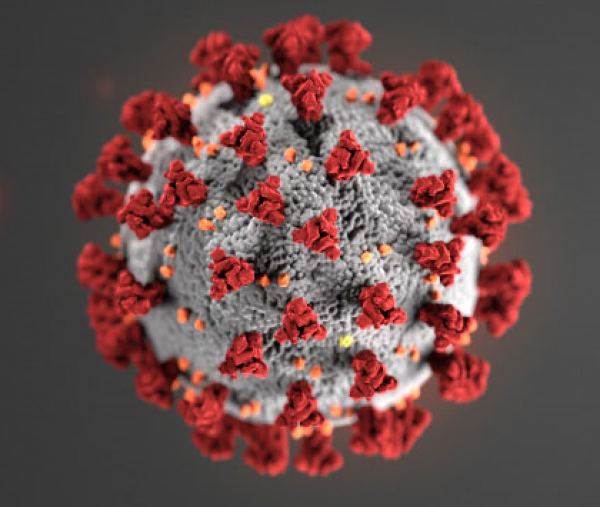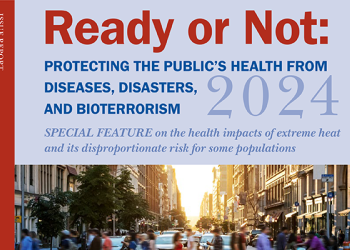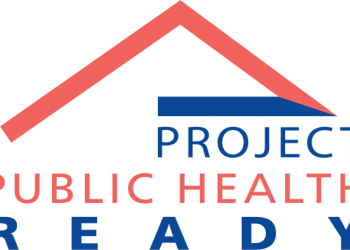The White House released an official statement stating that the national COVID-19 Emergency Declaration enacted in March of 2020, will be expiring on May 11, 2023.
COVID-19 Facts
According to the CDC, as of February 2023, there are still over 200,000 new reported cases of COVID-19, nearly 2,500 COVID-19 related deaths a week, over 3,500 new hospital admissions daily because of COVID-19, and only 16 percent of the US population has received the updated booster dose. Although the Emergency Declaration is ending, COVID-19 is still very much present in our communities and still poses a threat to our health and well-being.
Key Points to the Declaration and the Result of it Ending
What this means for accessing vaccines?
- COVID-19 vaccines and boosters will still be available for free while supplies last. The federal supply of vaccines will remain free to everyone, regardless of their health insurance. However, once the federal supply runs out only those covered under health insurance, both public and private, will have easy access vaccines. Those who are uninsured or underinsured may face barriers to receiving vaccines.
What does this mean for at home testing?
- Having access to free at home testing will depend greatly on what health care insurance you have. Those who are under traditional Medicare will no longer receive free at home tests. Those on Medicaid will be able to access free at home testing until November of 2024. Those under private insurance will no longer be guaranteed free at home test kits, however, some insurers may voluntarily choose to continue providing free tests.
What does this mean for PCR and Rapid tests?
- The cost of these tests is going to go up regardless of health insurance coverage status.
What does this mean for telemedicine?
- During this declaration, healthcare provided virtually was expanded and doctors were able to prescribe controlled substances via telehealth. With this declaration ending, the biggest change for telehealth is that in order to receive a prescription for a controlled substance an in-person visit will be required.
What are some other changes I should know about?
- Medicaid was expanded in multiple states though this declaration and provided healthcare insurance to nearly 15 million people. When this declaration ends on May 11 these people will be disenrolled from Medicaid and CHIP. States will have about 12 months to retroactively disenroll people.
- People will also see a decrease in food stamp benefits as their monthly allowance will be decreased.
- Although some states have chosen to expand this coverage, many women covered under Medicaid will no longer have post-partum healthcare coverage for 12-months after birth and coverage will go back to the original coverage of 60 days post birth.
How Local Health Departments Can Prepare
- Advocate for self-testing and vaccines.
- Encourage those in a vulnerable group in relation to COVID-19 to continue to wear masks, especially while traveling and to avoid large group events as much as possible.
- Until the COVID-19 declaration begins, encourage community members to stock up on as many take-home COVID-19 tests as possible while they are free or affordable.
- Establish multiple plans with neighboring local health departments and/or state government in case a COVID-19 surge emerges in your community in the near future.
- Set by example. As local health department staff, continue to take appropriate safety measures.
NACCHO will continue to post updates here and add new resources as they become available.
Resources
- HHS Fact Sheet: COVID-19 Public Health Emergency Transition Roadmap
- CDC: Support for Public Health Workers and Health Professionals
- US Department of Homeland Security: COVID-19-19 Info for First Responders | Homeland Security
- National Association of Community Health Centers: What the End of the COVID-19-19 Public Health Emergency Means for Health Centers
- Council on Foreign Relations: Pandemic Preparedness | Lessons From COVID-19-19
- KFF: The End of the COVID-19-19 Public Health Emergency: Details on Health Coverage and Access
- KFF: What Happens When COVID-19-19 Emergency Declarations End? Implications for Coverage, Costs, and Access
- Public Health Communications Collaborative: Sample messaging around end of emergency declaration









